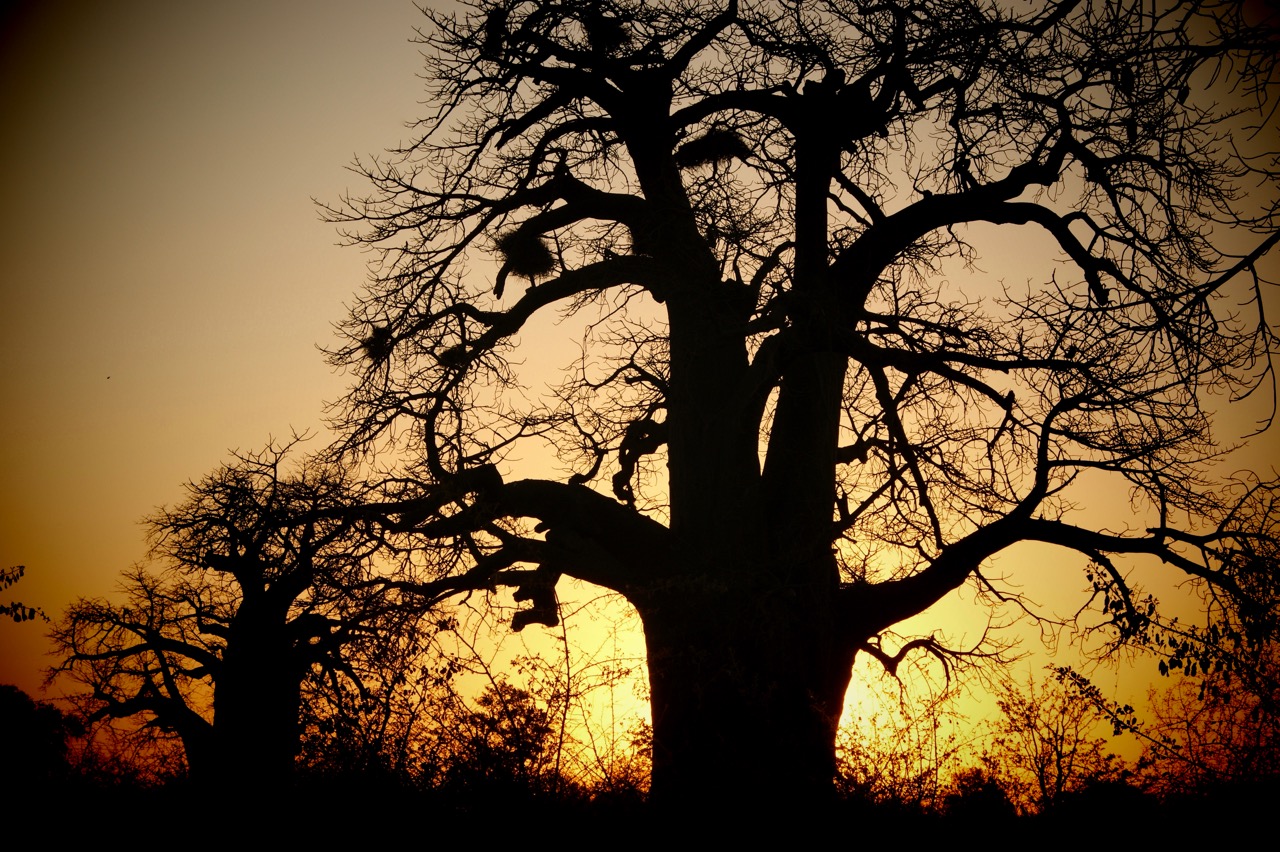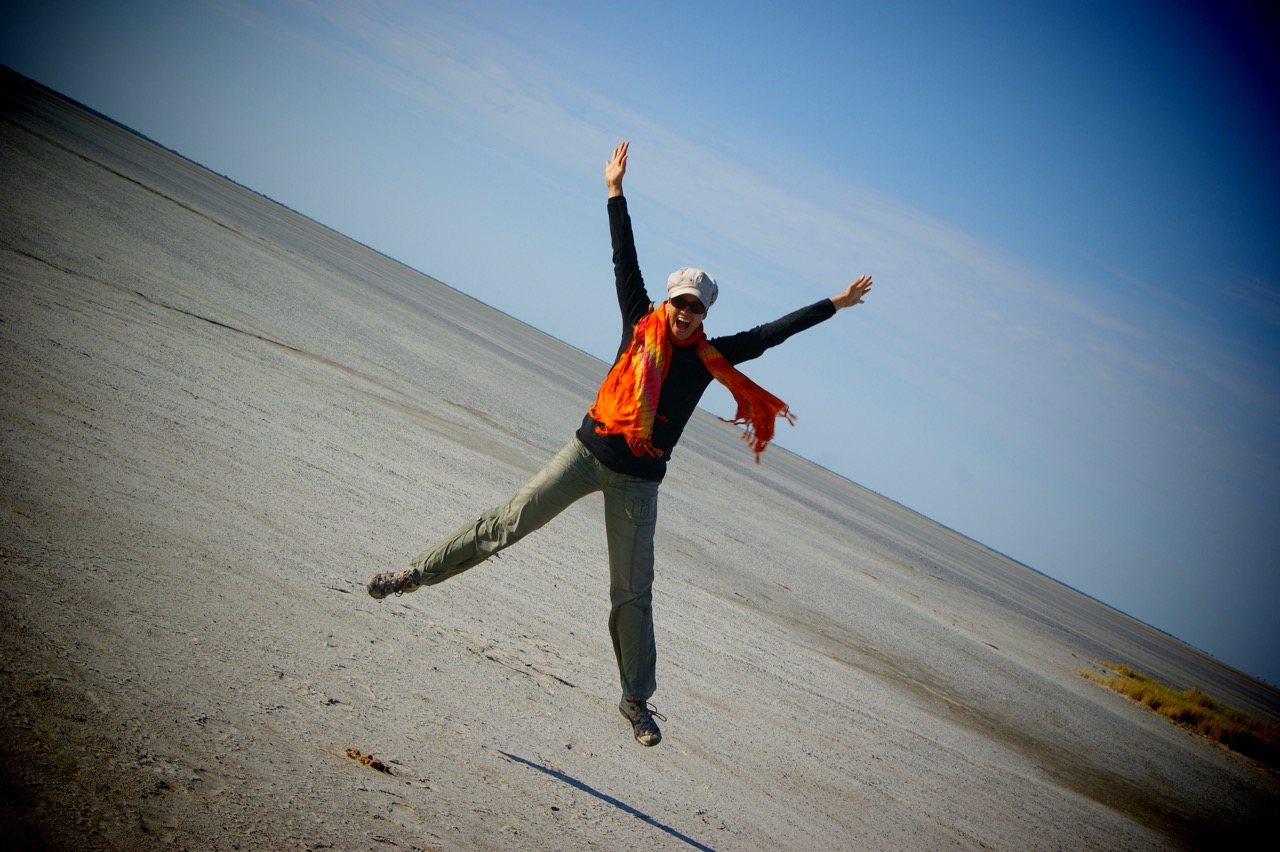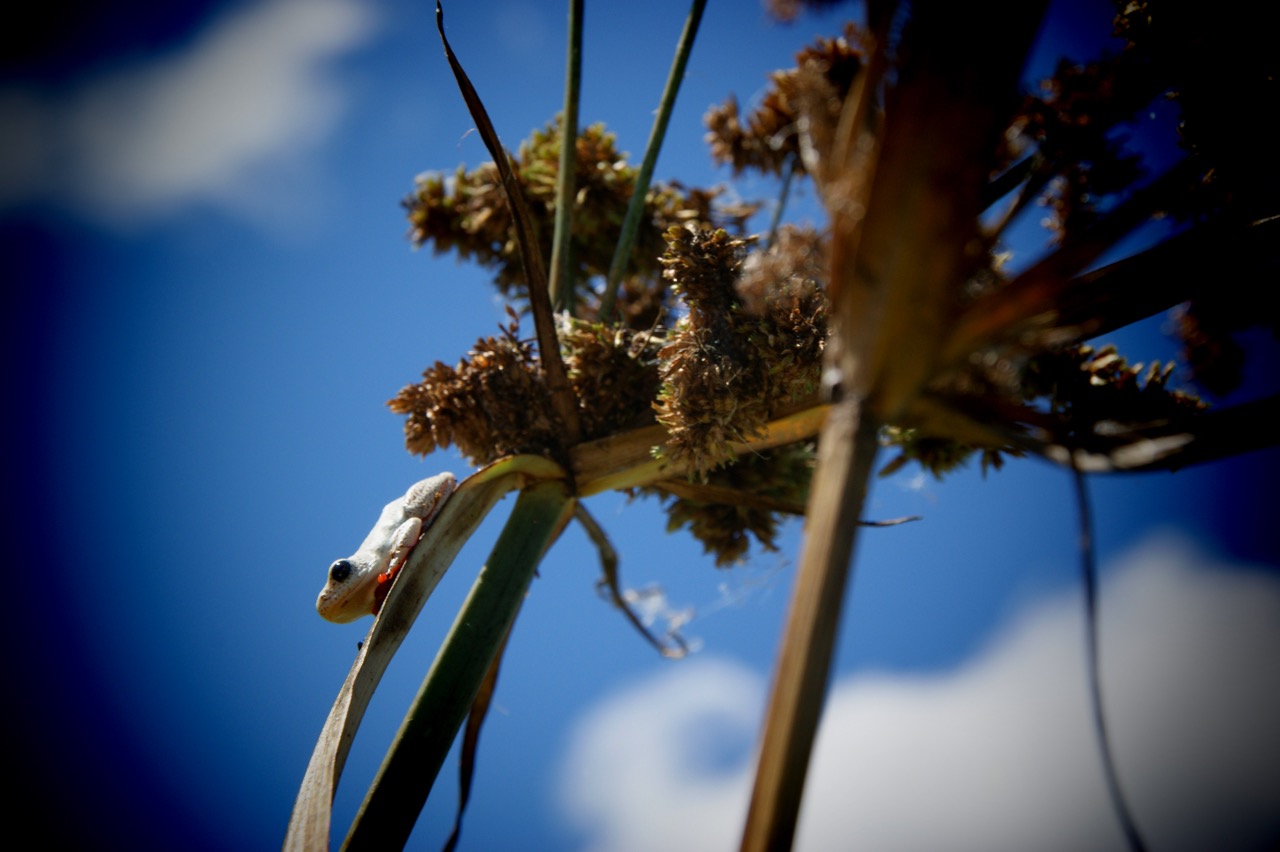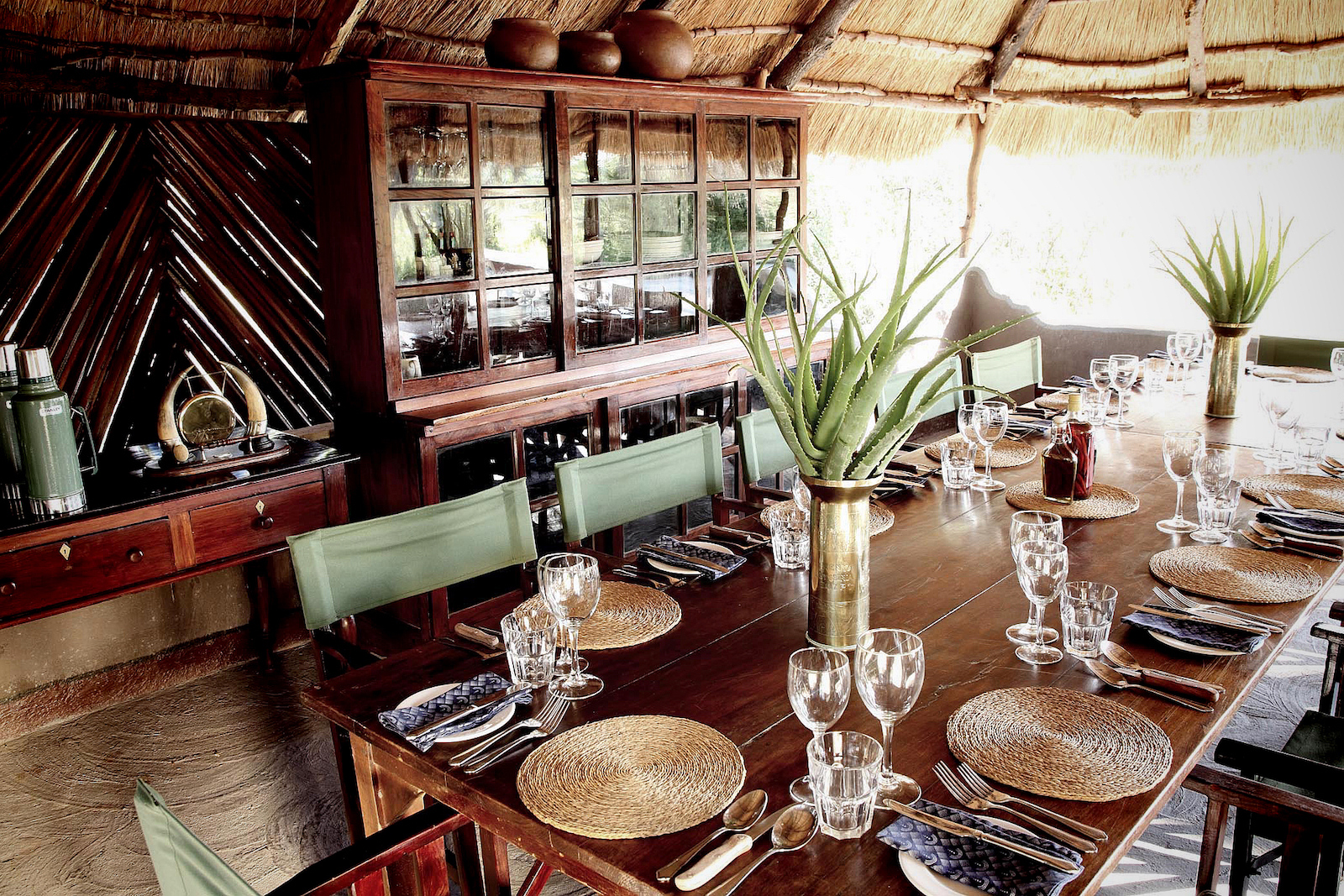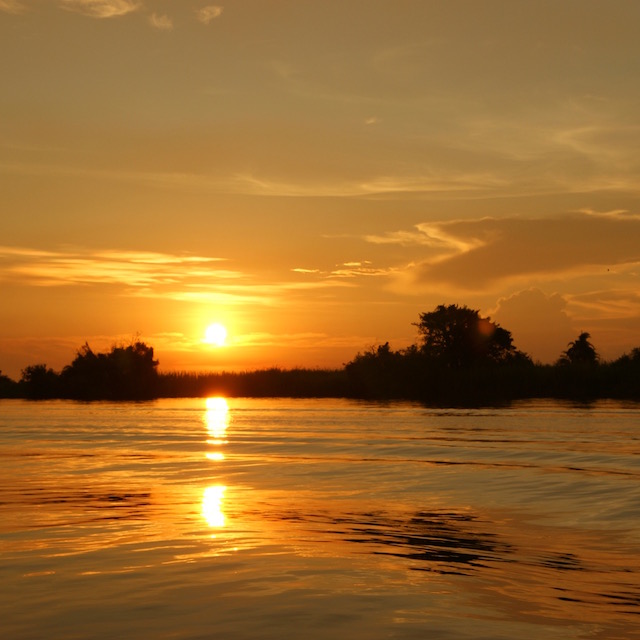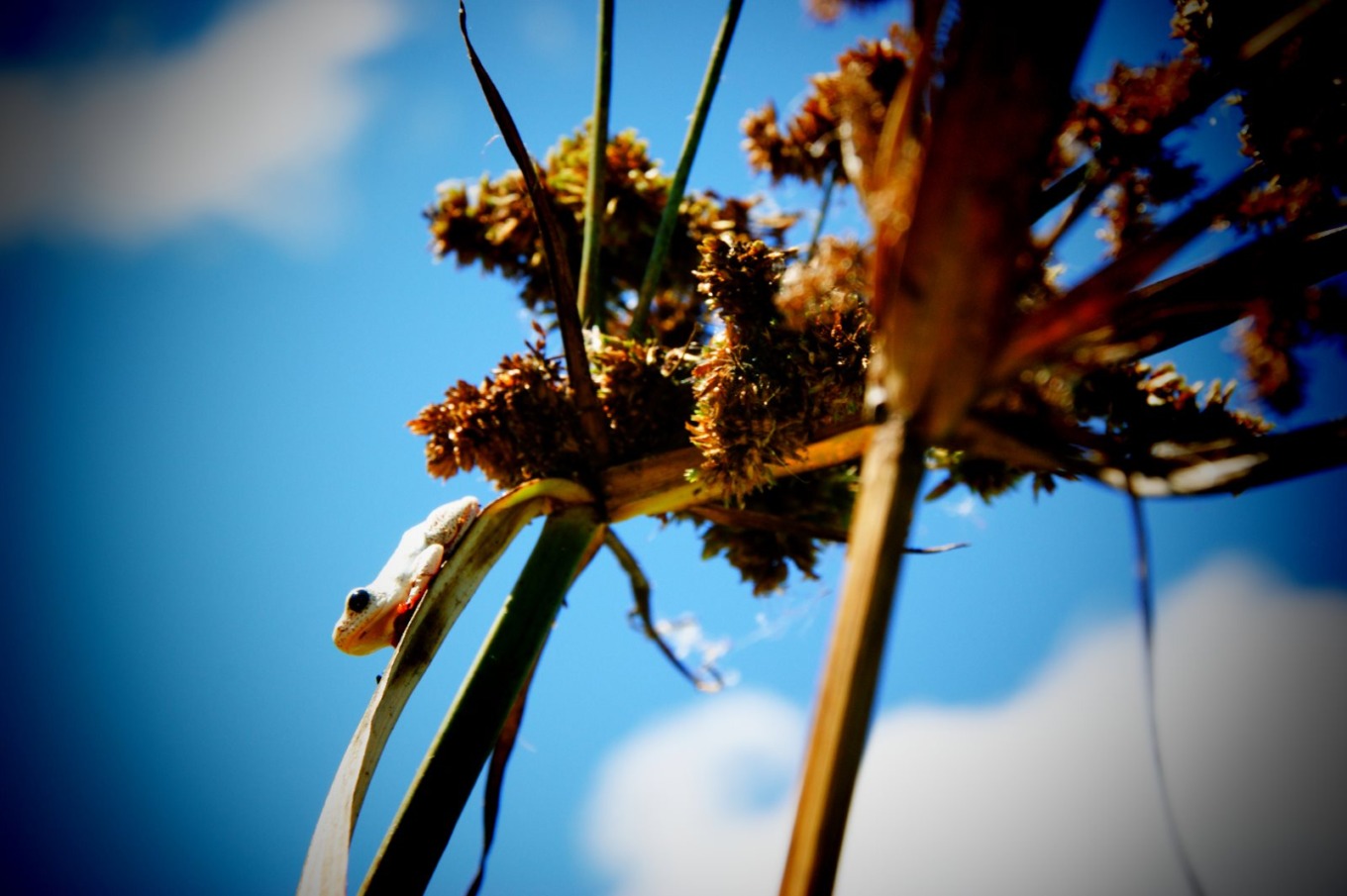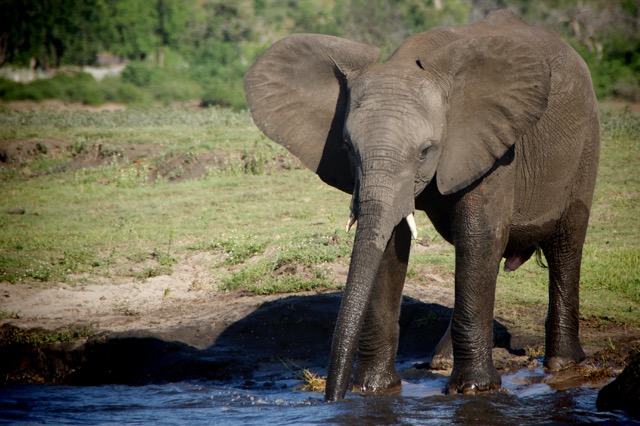Get close to nature on this amazing horseback safari through the supreme wilderness of the Makgadikgadi Salt Pans! Visit the tame but wild meerkats for some play time. Walk with the Zu/’hoasi bushmen trackers to learn more about nature. Have dinner at crackling campfires. Fall asleep under sparkling stars in comfortable dome tents. Your horseback safari ends in the captivating water-wilderness of the Okavango Delta – one of Africa’s top safari destinations. Explore this labyrinth of waterways and channels covered with reeds and water lilies on a motorboat safari or the traditional way: in a dug out canoe.
Horseback Safari Botswana
Your Experience
Your Accommodation
Itinerary Summary
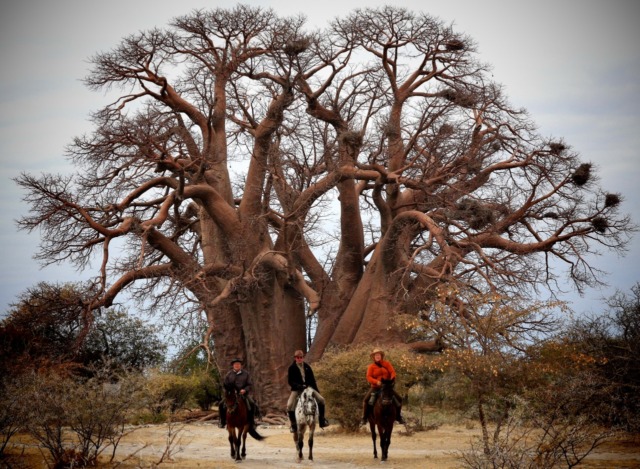
MAKGADIGADI SALT PANS – 5 NIGHTS
Day 1
On arrival you will be greeted by your host and guide David Foot and shown around the camp. In the afternoon, you head off in the beautiful afternoon light for an introductory horseback safari – primarily to match horse and rider but also your first opportunity to experience the beauty of this magical area.
Day 2
Today your horseback safari adventure starts. You will be up at dawn and after a light breakfast you will ride through the “land of a thousand islands”. Stranded on the ancient lakebed, these sand dunes covered in palm trees are one of the most beautiful and fascinating areas of the Botswana wilderness. At the height of the migration season, the islands and adjoining grasslands are awash with zebra, wildebeest, hartebeest and ostrich – and of course the attendant predators. The white encrusted pans between the islands provides excellent going for the horses. If there has been a lot of rain then many of these areas will be full of water attracting several species of migratory water birds. You will return to camp for lunch. You have the opportunity to go on a game drive in the afternoon or a night game drive to look for nocturnal desert inhabitants such as aardvark, bat eared foxes, aardwolves, porcupine, honey badgers and perhaps even a black maned Kalahari Lion.
Day 3
On day three of your horseback safari you have a long ride eastwards to Xau Xai Fly Camp, so an early start is imperative. Be sure to pack a few essentials for the next two days of adventure. Your horseback safari takes you away from the edge of the Pans and through the mopane and acacia woodlands. This area allows for lovely long, relaxed canters. Whilst the area is rich in birds of prey, bustards, korhaans and numerous other unusual dry woodland bird species; there is also a chance that you will sight kudu and the odd elephant bull. By lunchtime you reach the famous Green’s Baobab proudly positioned alongside the well-travelled Missionary Road, traversed by David Livingstone on his journeys northwards. The magnificent trunk of this ancient tree is scarred with the initials of early travelers dating back some 150 years. Break for lunch at the adjacent Gutsa Pan under a stand of palm trees where we may find Stone Age artifacts and the hunting blinds used over millennium by the Bushmen.
Day 4
Wake up to a steaming hot cup of coffee and a light breakfast, before heading off on your horses in search of some of the Kalahari’s most fascinating inhabitants, the meerkats. With your horses tethered you will proceed on foot in to the midst of the group. They are not tame– just used to our non-threatening presence. On chilly mornings, you might well find a meerkat snuggling up to you for warmth. By spending quality time with these incredibly social, superbly adapted animals, you will be able to see how they interact with each other and their environment. As the day warms up, leave the meerkats to continue foraging. Mount up and follow the well-worn trails that lead to the resident herds of zebra and large congregations of ostriches attracted to the area by permanent freshwater in hidden waterholes. Return to Xau Xai for lunch, a refreshing shower and a siesta in the shade of the mess tent. In the late afternoon take a walk to a nearby permanent waterhole to look for many of the Kalahari’s special bird species and, as the sun sets, watch the hundreds of sand grouse fly in for a drink.
Day 5
As the dawn greets this extraordinary landscape and the last of the stars disappear, wake for a light breakfast before mounting up and heading homewards at a fast pace. On your last day of your horseback safari, you sometimes ride along the edge of the Pans and at other times heading into the woodlands and open grasslands where the zebra and wildebeest graze. From a great distance the famous Chapman’s Baobab appears on the horizon. It is also known as the Seven Sisters. Apparently it is one of the largest trees in Africa, measuring 25 meters around its girth. It was the campsite of early explorers like Livingstone and Selous when they pioneered the area.
Arrive at Camp Kalahari in time for a refreshing shower and lunch. As the sun dips below the horizon and the last light fades, you will be sure to dwell on these amazing past few days. Incredible scenery, memorable wildlife encounters and above all superb riding.
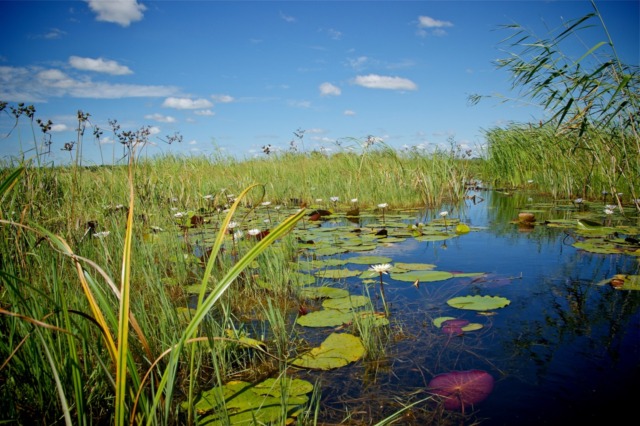
OKAVANGO DELTA – 3 NIGHTS
The Okavango Delta is one of Africa’s top big game destinations and a place of natural wonder. Explore this 15.000 km2 big lush water-wilderness of papyrus swamps, shallow reed-beds and floodplains, dotted with islands and laced with a network of channels on guided nature walks, motor boat and sunset cruises and night drives. Glide silently in a mokoro (a traditional dugout canoe) through the lily covered waterways and watch wildlife at eye level and listen to the birds call.

 English
English
